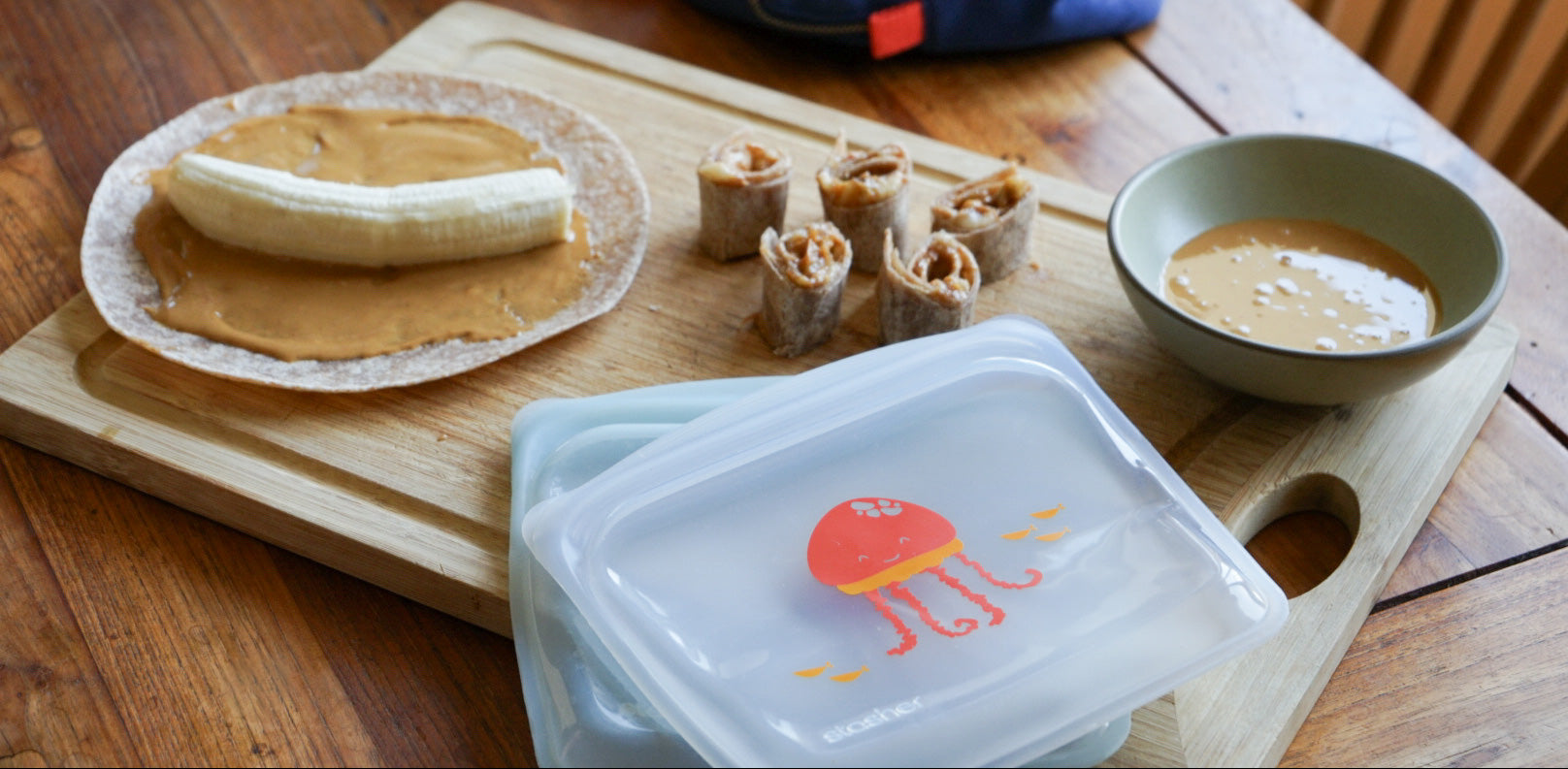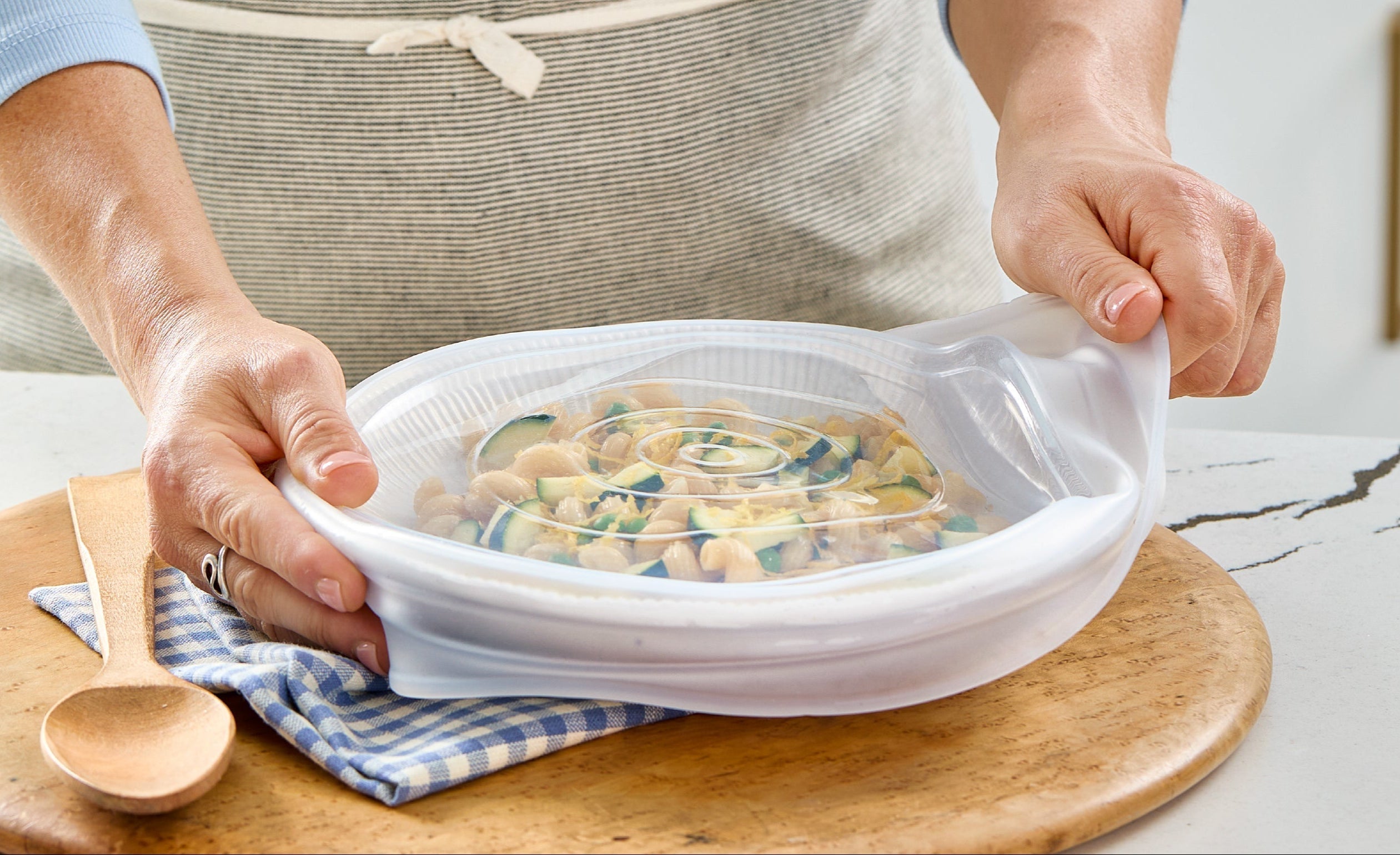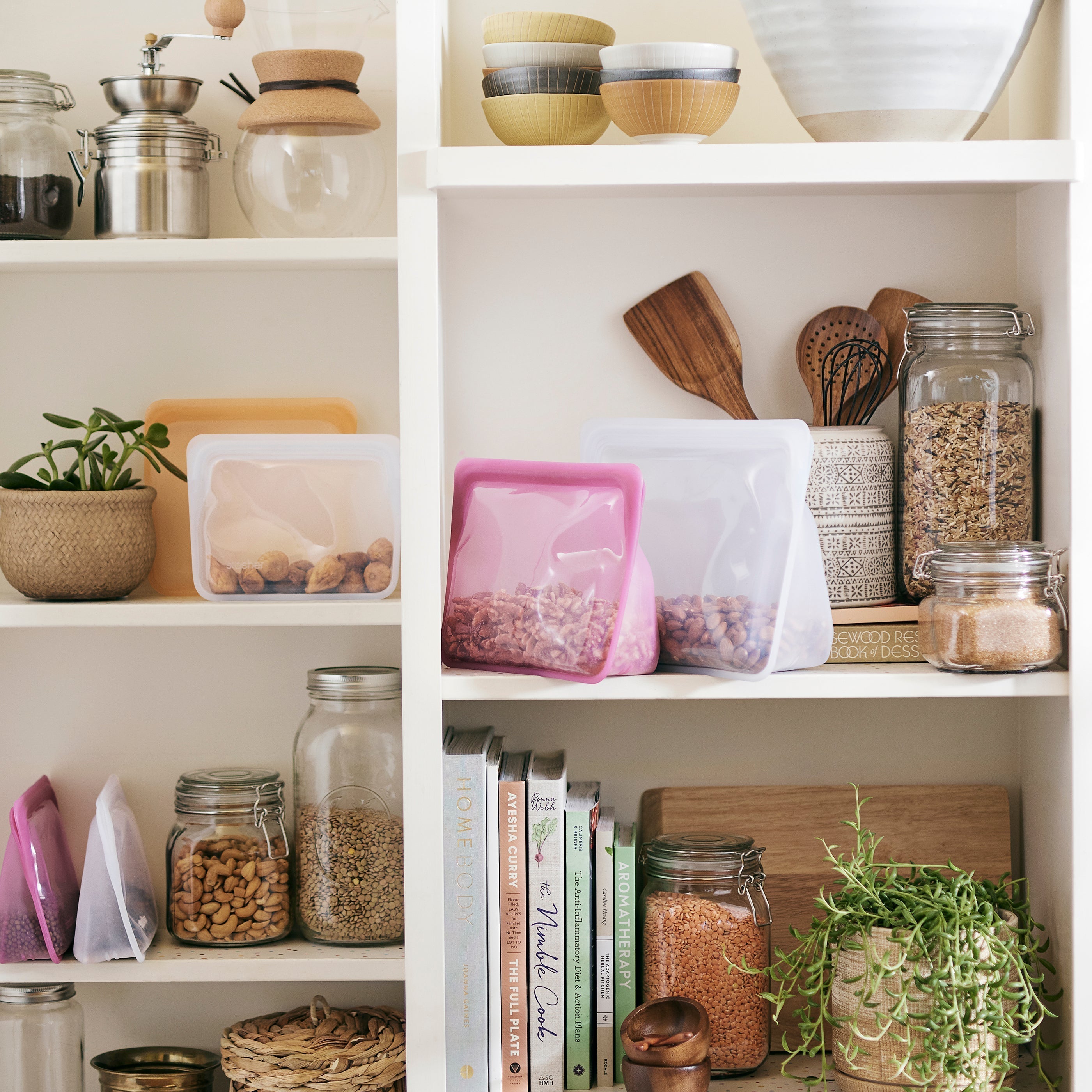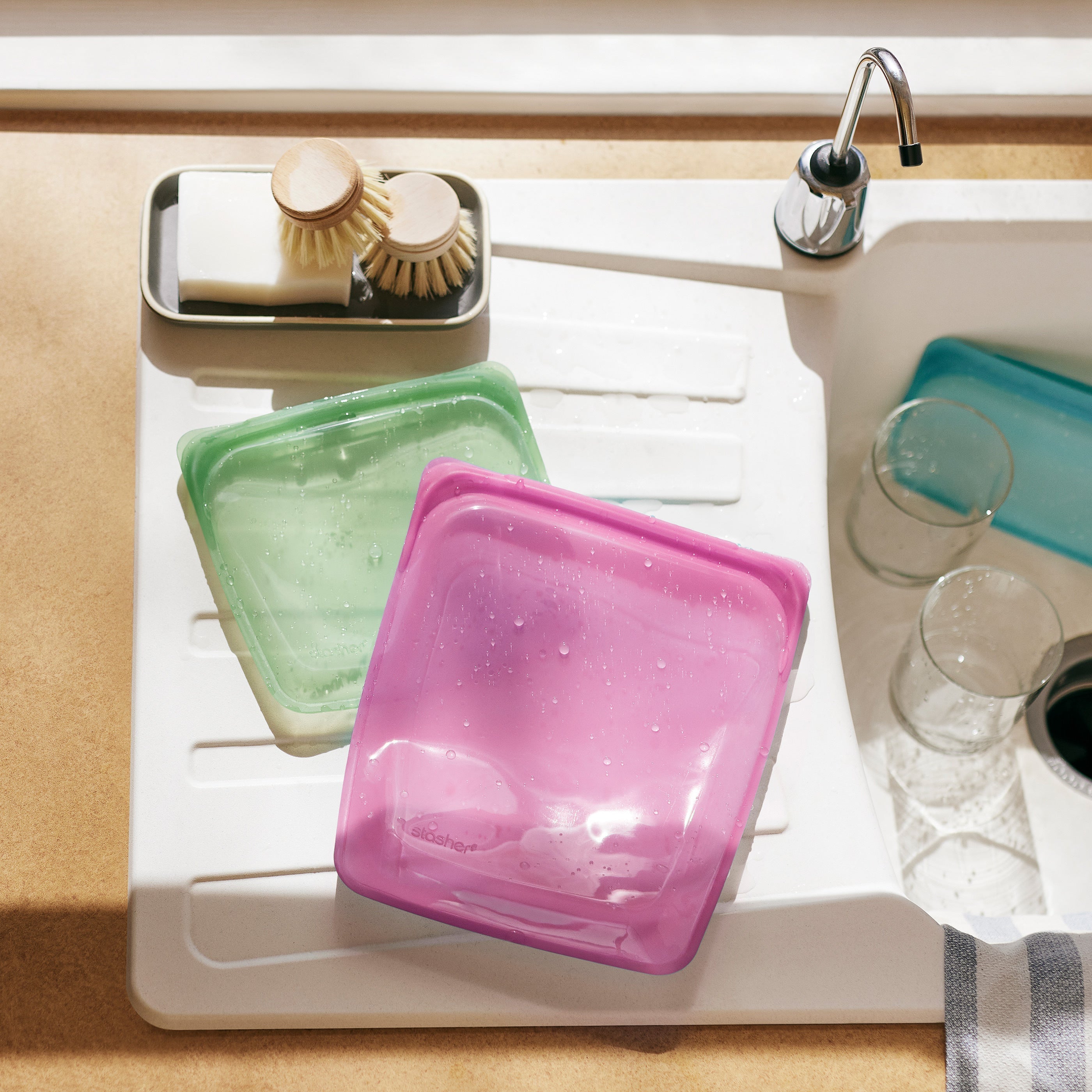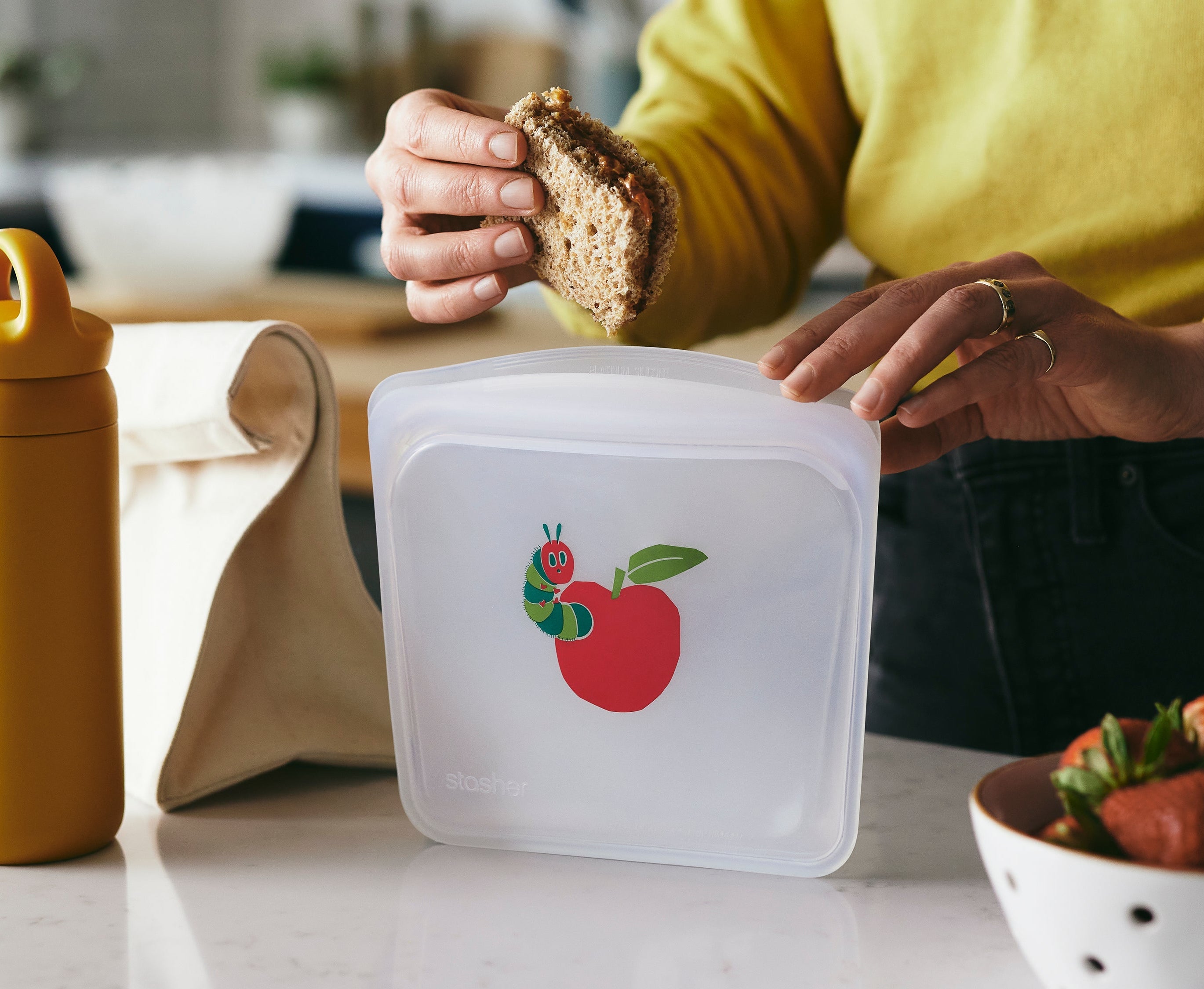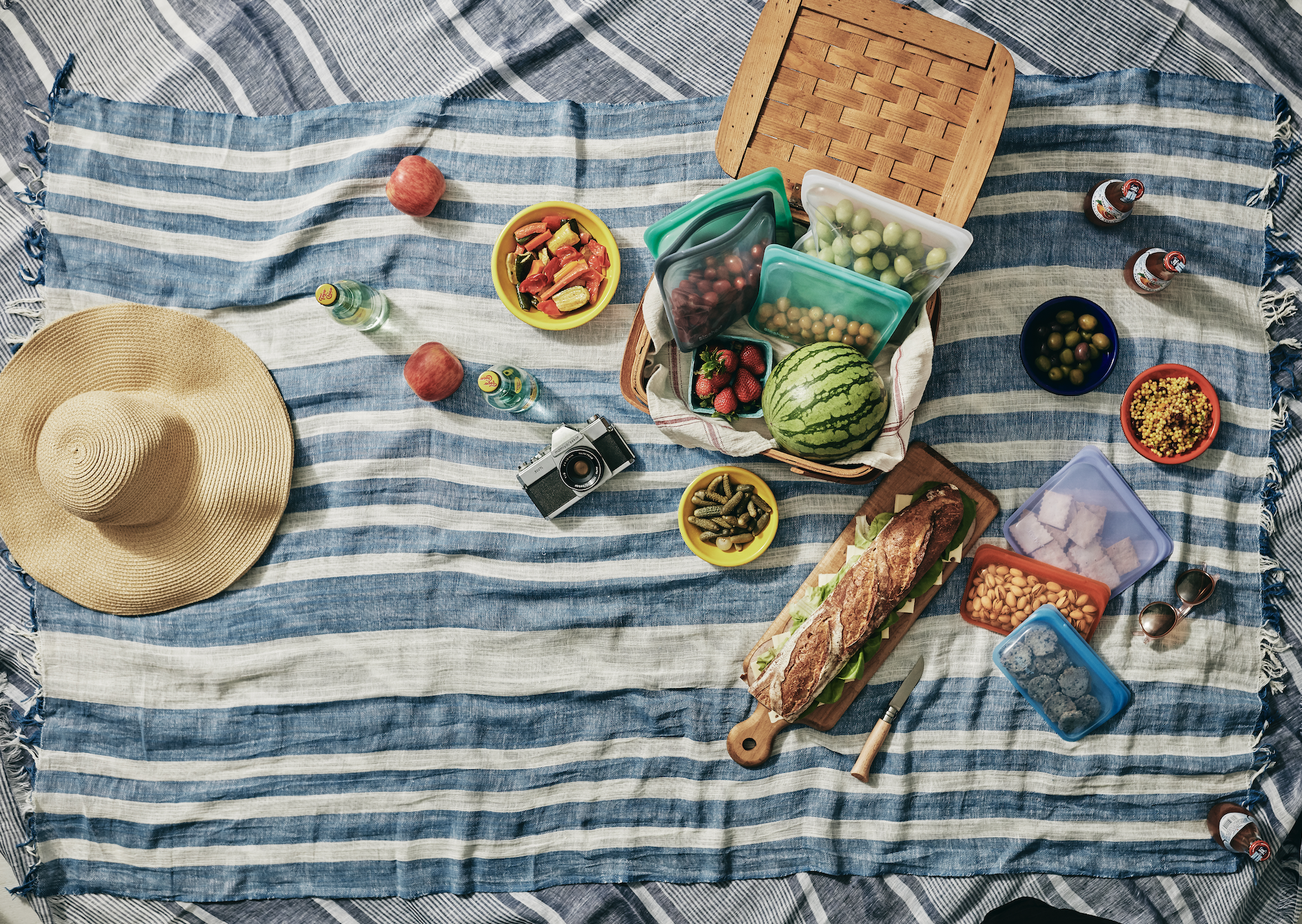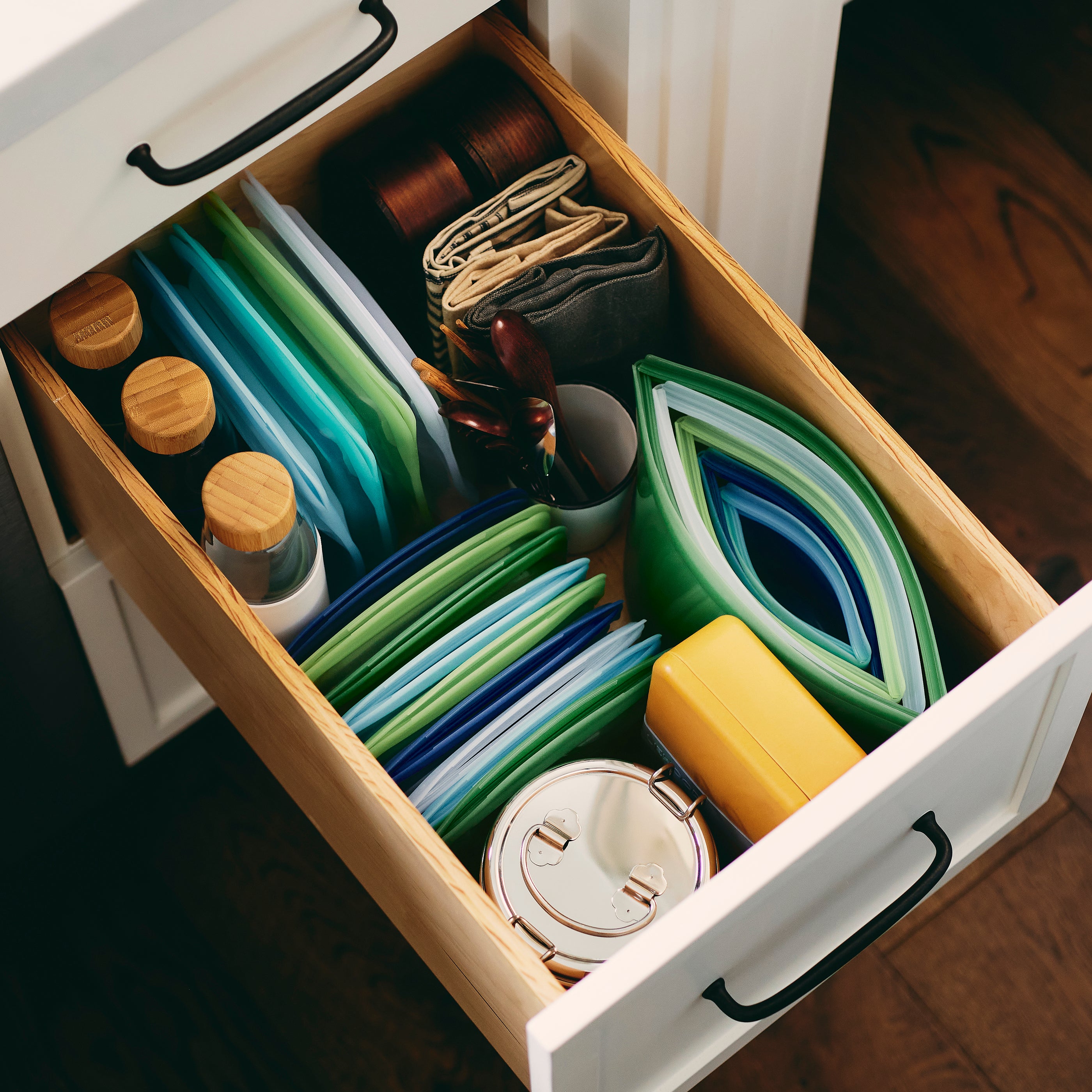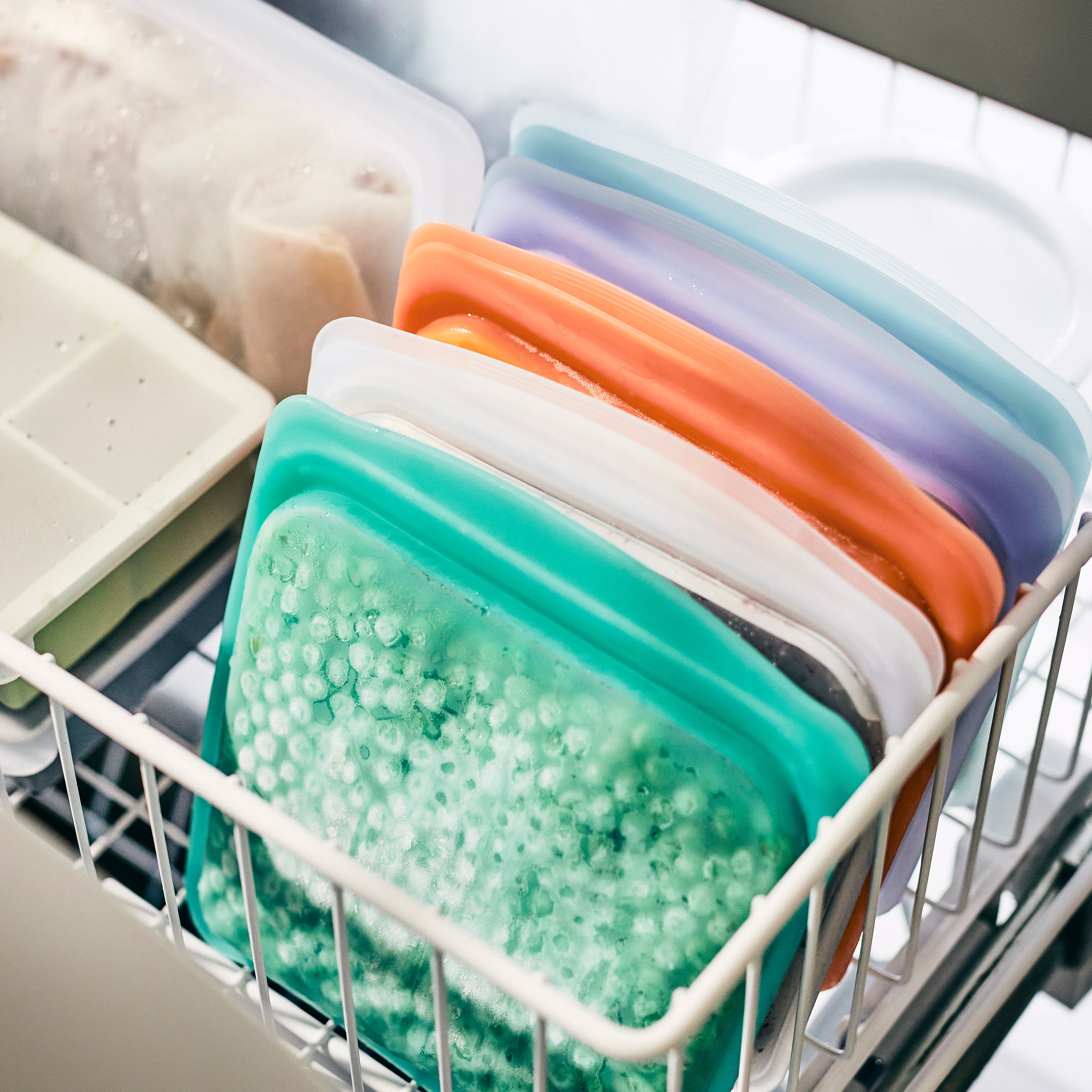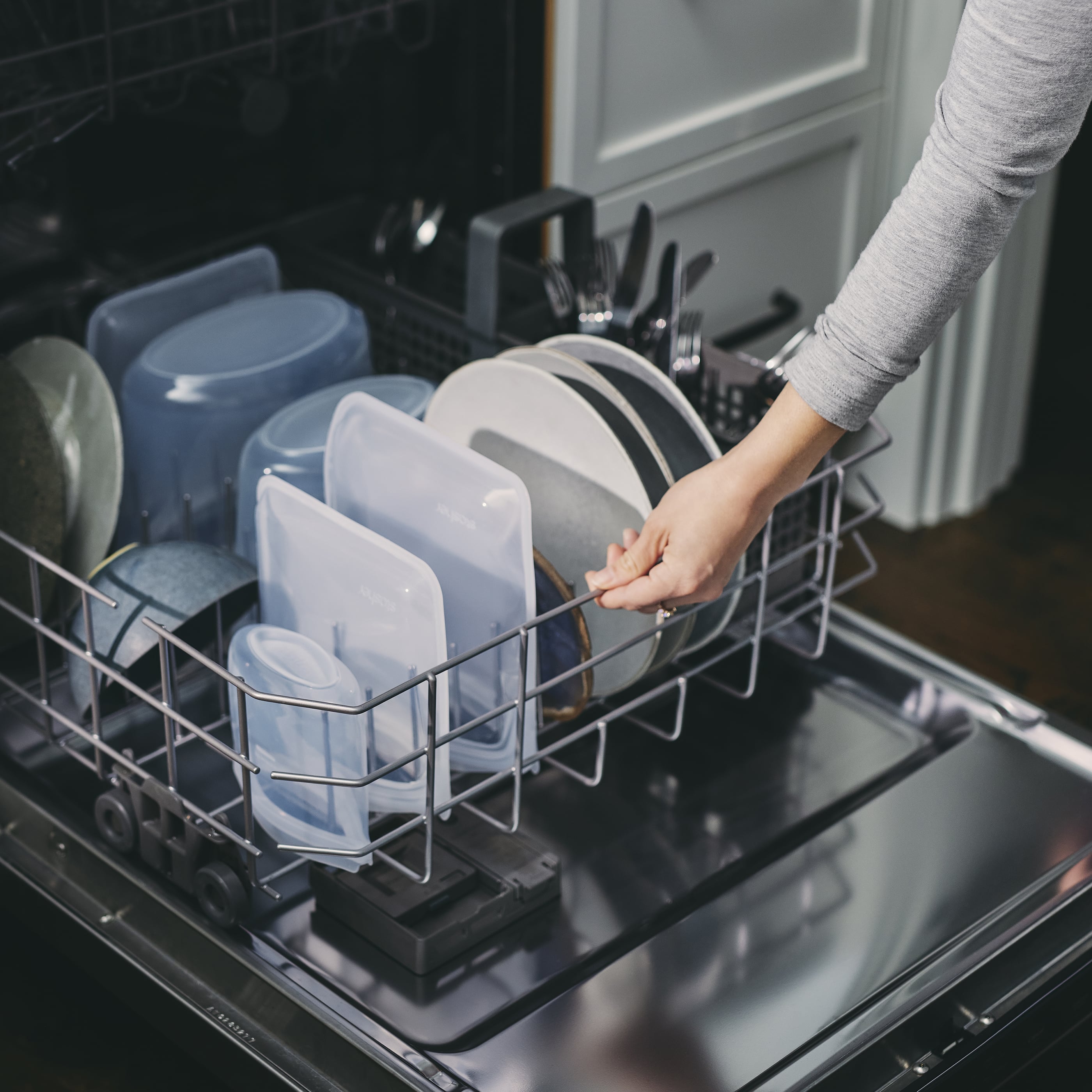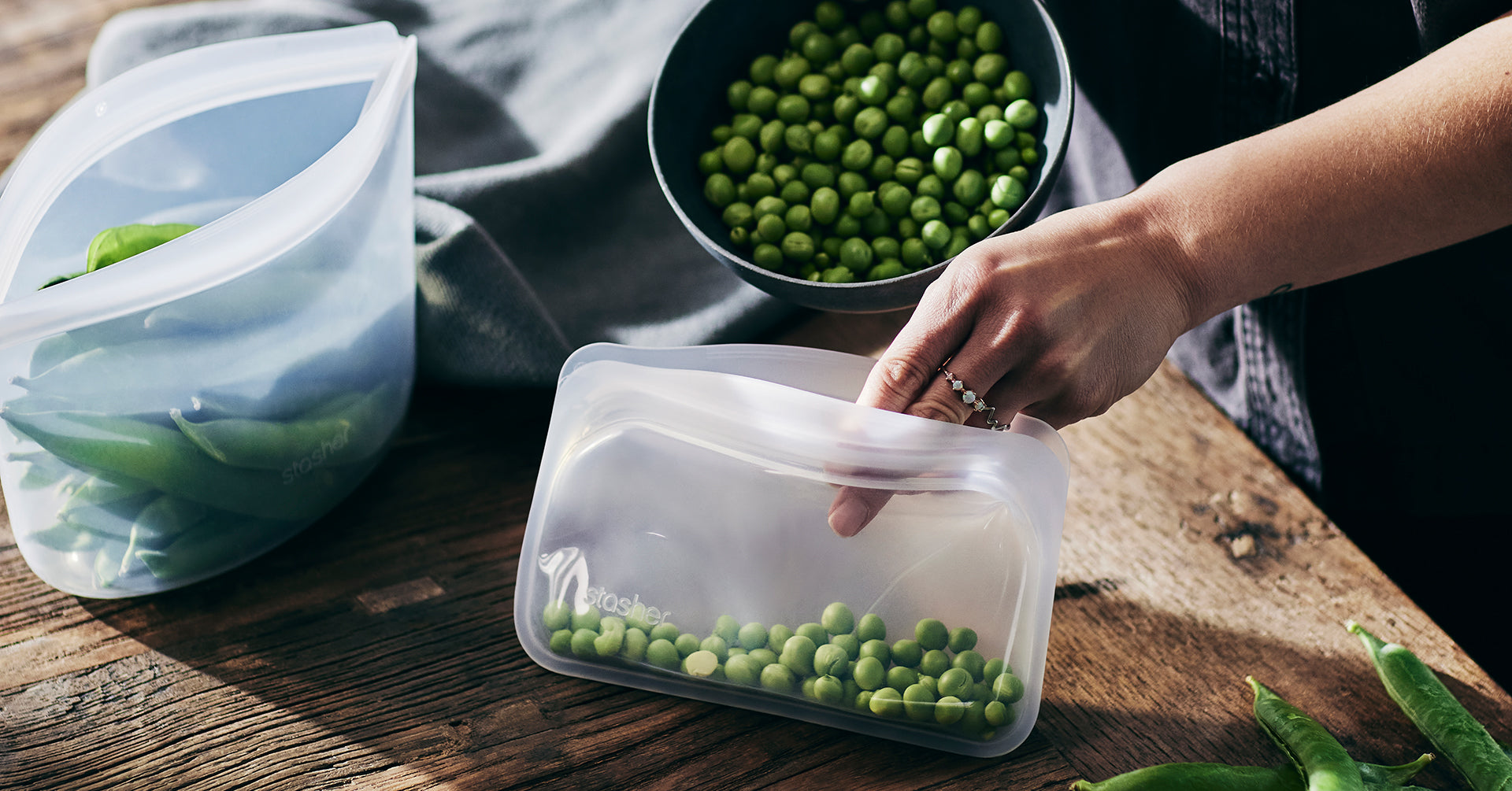Stasher Life
How to be the Hostess With the Mostess at Friendsgiving
Hosting a Friendsgiving is one of the most rewarding ways to share the Thanksgiving spirit with your community. At its best, it’s a casual, low-stakes way to gather the people...
A Back-to-School Lunch Idea and 5 Tips For Better Lunches
Back-to-school season is exciting—but let’s be honest, it’s also a lot. To lighten the load, we teamed up with our friends at Feeding Littles, an online education and resource platform that helps...
15 Ways to Use Stasher Stretch Lids: The Ultimate Kitchen Sidekick
Life is complicated enough—your kitchen shouldn’t add to the chaos. Making your favorite meals and storing your leftovers shouldn’t require mountains of plastic wrap, mismatched containers and lids, or unnecessary...
4 Steps for a Life with Less Plastic.
Life moves fast, and single-use plastic feels convenient. But switching to reusable alternatives is simpler than you think. Trust us: Life with less plastic feels great. We have made the...
Cleaning Your Stasher Products
All the tips you need for easily cleaning your Stasher bags, assuring they enjoy a long life of replacing single-use plastic.
World of Eric Carle x Stasher Stencils
Get creative with these beautiful stencils from @worldericcarle and make your Stasher bags extra festive for snack time and lunchtime! These make it easy to get creative and turn sustainability into an activity...
How to Build an Eco-Friendly Beach Picnic
Beach picnics don't have to be full of plastic. Forget the single-use utensils, napkins, and snacks for DIY reusable alternatives that are just as convenient but WAY better for our...
How to Organize Reusable Silicone Bags
We all know single-use plastic is harmful to the environment and contributes to plastic pollution. Committing to use food-grade silicone bags and reduce the use of single-use plastic zip bags...
Freezer Bags vs Storage Bags:What is the Difference?
How can we save the planet and save money? In the quest for a more sustainable lifestyle, the choices we make in our kitchens can also have a profound impact...
Dishwasher-Safe Reusable Bags: Are Silicone Bags Dishwasher Safe?
In our quest for a more sustainable lifestyle, the convenience of reusable bags cannot be overlooked. But when it comes to cleaning, are these eco-friendly alternatives truly hassle-free? Let's dive...
How to Store Spring Fruits & Veggies for Ultimate Freshness
Spring has sprung! 🌱 This season is full of delicate greens, earthy legumes, & tropical fruits you'll want to store properly to keep fresh all season long.





